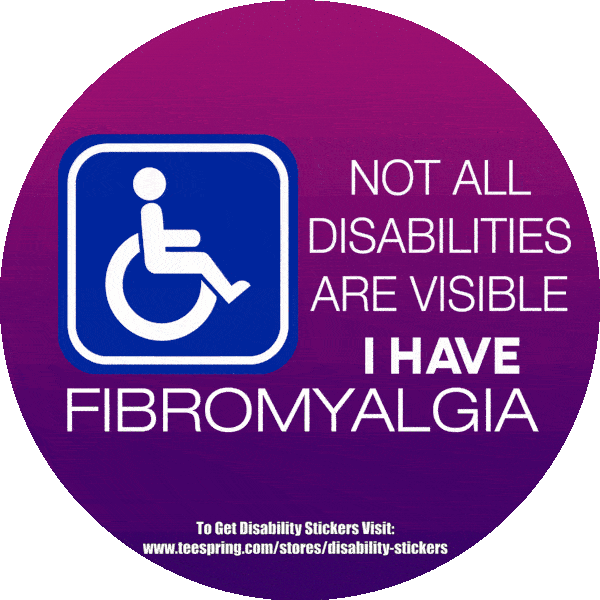Psoriasis is a condition that causes scaly patches to form on the skin. These patches are usually red and inflamed. And they are often very sensitive to the touch and may be quite itchy. The issues with the skin usually come and go. Sometimes, you might experience small outbreaks. And other times, there may be major outbreaks that cover large areas of the skin.
There are a few different types of psoriasis. The most common form is called plaque psoriasis. This form causes the basic skin outbreaks that you might be familiar with, and it can occur anywhere. Then, there’s inverse psoriasis. The major difference in this form of the condition is that the plaques seem to form from friction. So, the most common places to suffer from inverse psoriasis are the armpits and under the breasts. But anywhere where the skin rubs together can be vulnerable to outbreaks. These are probably the most common form of psoriasis, but there are also other, less common forms.
Those forms include nail psoriasis, which causes damage to the finger and toenails, and erythrodermic psoriasis, which creates a huge rash all over the body. Finally, there’s psoriatic arthritis. Psoriatic arthritis is a condition that combines the skin problems of psoriasis with the joint pain of arthritis. This joint pain can sometimes make it hard to distinguish from fibromyalgia, which also causes pain near the joints. Like other forms of psoriasis, psoriatic arthritis is an autoimmune disease.
In a healthy immune system, your body produces cells that target and destroy bacteria. It’s an important part of keeping you healthy. But sometimes, the immune system begins to target the body’s own cells instead.
Fibromyalgia and psoriatic arthritis together
Fibromyalgia and psoriatic arthritis are two exclusive situations but they may appear similar as well with dissimilarity in their symptoms, causes, and treatments. Psoriatic arthritis is a type of inflammatory arthritis that causes inflammation around the joints and tissues.
Over time, long-standing inflammation can cause deformation and disability. Psoriatic arthritis is usually seen in psoriasis patients, but the two diseases are not essentially co morbid all the time. Fibromyalgia can affect the joints along with the muscles, tendons, and other soft tissues, resulting in pain experienced all over the body. Fibromyalgia may be a separate condition or is can coexist with a kind of arthritis.
Living with both fibromyalgia and arthritis can be quite challenging, but it’s important to tackle both illnesses. Chronic fatigue syndrome and irritable bowel syndrome are also associated with fibromyalgia. It’s vital to find out the underlying cause of pain in order to create a treatment plan and properly diagnose the condition. And it turns out that stress might also play a role in developing fibromyalgia.
So essentially, autoimmune diseases like psoriasis might be so stressful that it makes you more likely to develop fibromyalgia. It’s a horrible, self-reinforcing cycle that might just explain the link between the two conditions. Both autoimmune disease and fibromyalgia are poorly understood by modern medical science. And until we know more about both conditions, it’s hard to say for sure what the link between them is.
But chronic stress may be the best answer we have at the moment. Both conditions can lead to fatigue and stiffness. But while a trained doctor can easily tell the difference between the two conditions when you go for a check-up, there does seem to be a link between the conditions. People with fibromyalgia often seem to develop psoriatic arthritis and vice versa.
Management of psoriatic arthritis
Nonsteroidal anti-inflammatory drugs (NSAIDs) can be given to relieve musculoskeletal signs and symptoms. Methotrexate or other DMARDs are also effectual against psoriasis. At premature stage for patients with vigorous disease treatment with disease-modifying antirheumatic drugs (DMARDs) eg, methotrexate, sulfasalazine, and leflunomide should be considered.
If a patient with vigorous enthesitis and/or dactylitis does not show enough reaction to NSAIDs or local steroid injections then TNF-inhibitor therapy should also be considered.
Light therapy
Another option for treating psoriasis is phototherapy, or light therapy. In light therapy, the skin is regularly exposed to ultraviolet light. For protection reasons, this is done under medical administration.
Biologics
Technically a subset of DMARDs, biologics is complex drugs that stop inflammation at the cellular level. Two types of biologics are approved to treat psoriatic arthritis. The first type is called anti-tumor necrosis factor-alpha (TNF-alpha) drugs. They block a specific protein produced by immune cells that signals other cells to start the inflammatory process. As biologics can be very efficient, they hold back the immune system and elevate the danger of infections.
References:
- Is It Psoriatic Arthritis or Fibromyalgia? By Sandy McDowell via Everyday Health
- What Explains the Link Between Psoriasis and Fibromyalgia? by Wyatt Redd via Fibromyalgia Treating
Fibromyalgia No Energy: Special Winter collection for fibro warriors. I have fibromyalgia, i don’t have the energy to pretend that i like you. Pull over Hoodie, Long sleeve Tee, Tote Bag and much more Get 1 for your friend and save on shipping. Click here to get this.

For support and Discussion join the group “Living with Fibromyalgia and Chronic Illness”
Subscribe to our website for Email notification of our new Posts. Like and Follow us on Facebook. Swipe Left to Read more on Fibromyalgia or Click Here …
